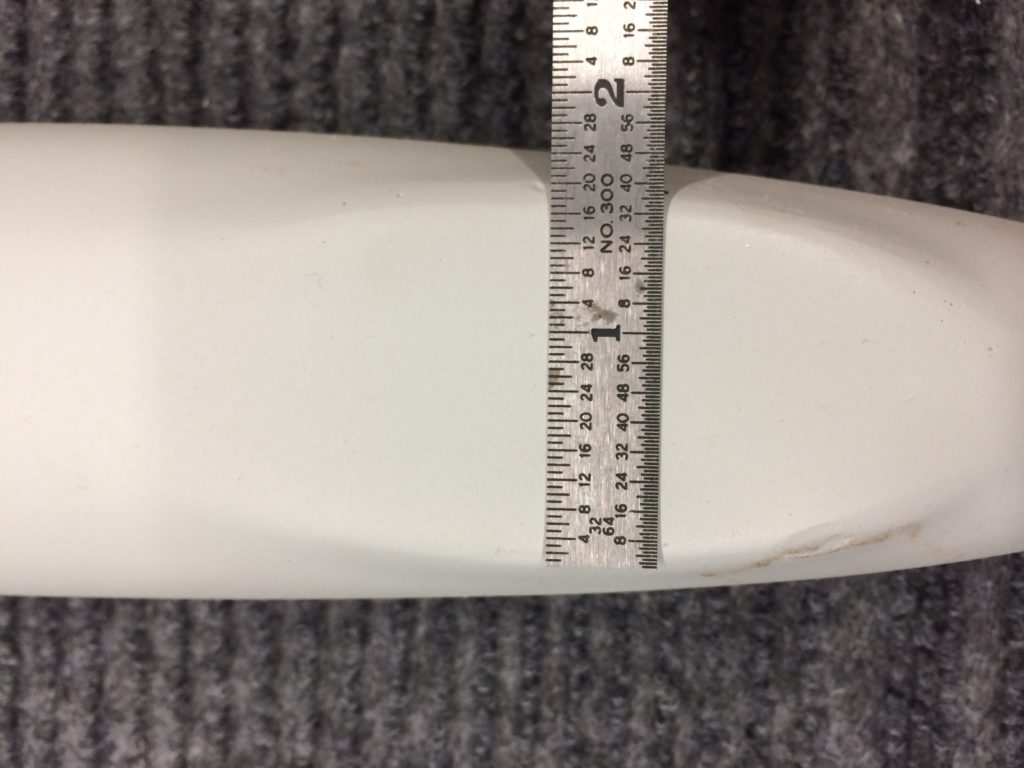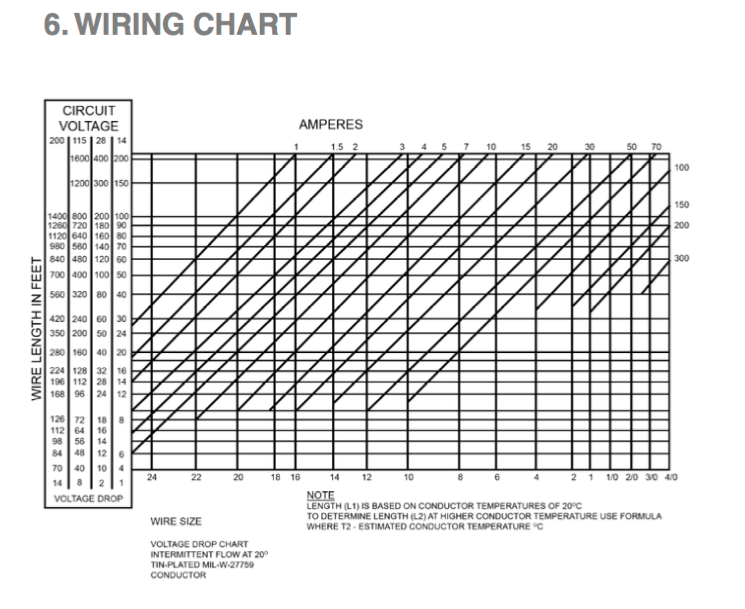Completing the horizontal stabilizer went smoothly and turned out beautifully – ultimately. The fine folks at TAF, now Sling Aircraft, were super-supportive. Without going into great detail, I’d found that the leading edge bends of both HS skins were not on centerline – root to tip. They just wouldn’t fit properly – imposing significant stress and twisting of the structure. Sling Aircraft stepped up to quickly provide replacement HS skins and that saved the day.
I’ve been impressed with how precisely the holes in the skins match with the assembled structure. I’ve made a very conscious effort to take advantage of the kit precision. I try to get the skins initially positioned with very few clecos. I want to be able to move the skin slightly, until I can see that nearly all of the holes in the skin and structure are concentrically aligned. Starting the fitment process with fewer clecos makes that easier – possible. In practice, I’ve found that good overall initial skin position, relative to the underlying structure, allows the great majority of rivets to drop in – effortlessly. Once I’ve got the skin in place, I can further anchor things down with alternate clecos and hand-inserted rivets for the entire HS assembly.
I used a vertical HS working orientation that allowed me to evaluate skin fitment on top and bottom surfaces at the same time. Once the skin was in place, very few rivet holes needed attention – and then, only the slightest dressing with a chucking reamer in my lithium battery-powered drill. With a relaxed final fit of skin, rivets and structure – I’ve seen that when the rivets are pulled, nothing really moves. The permanently fastened skins are remarkably free of surface deviations. I’m quite pleased and anticipating that the contours of the final painted surfaces will be excellent.


